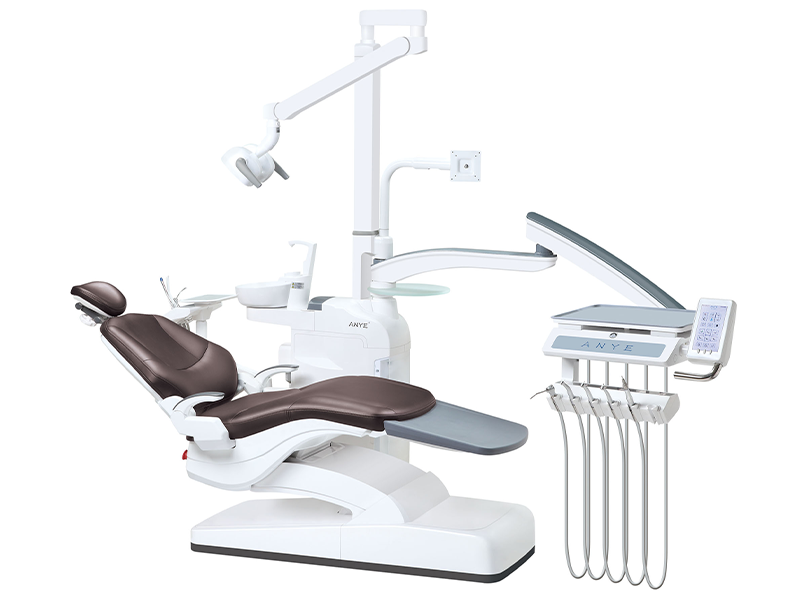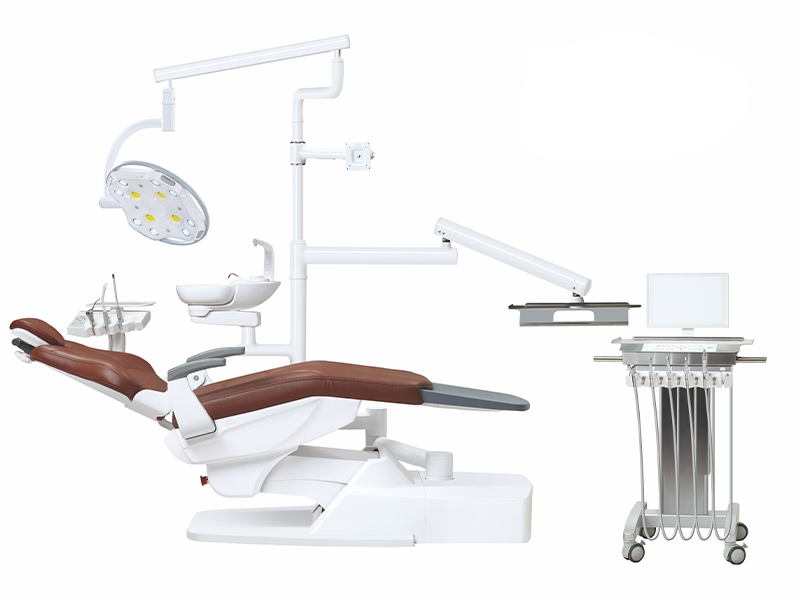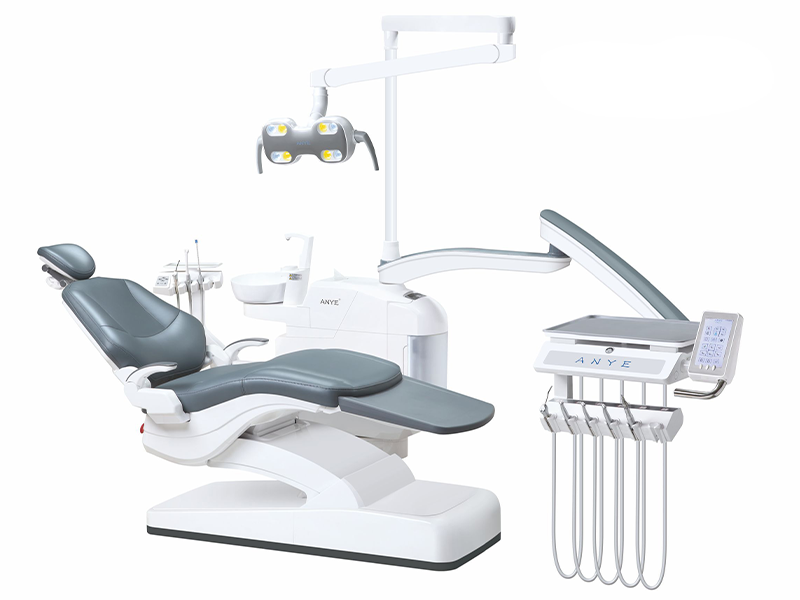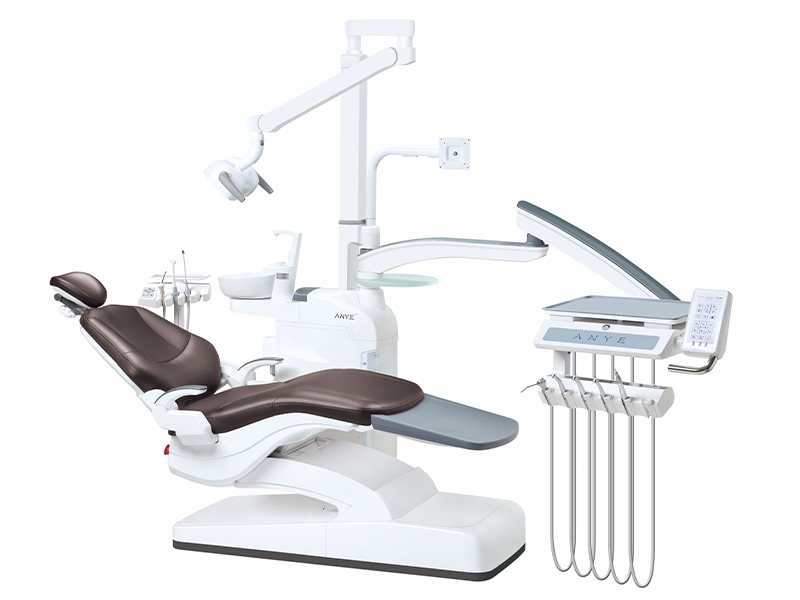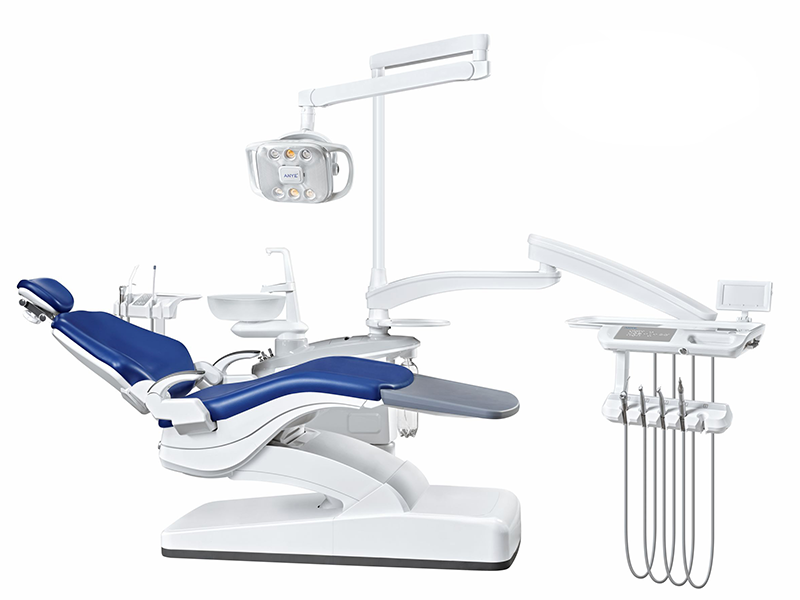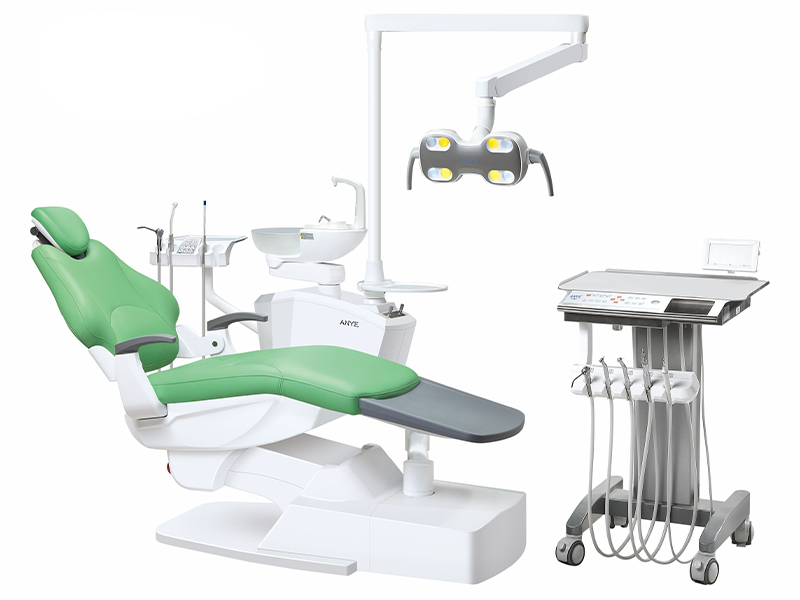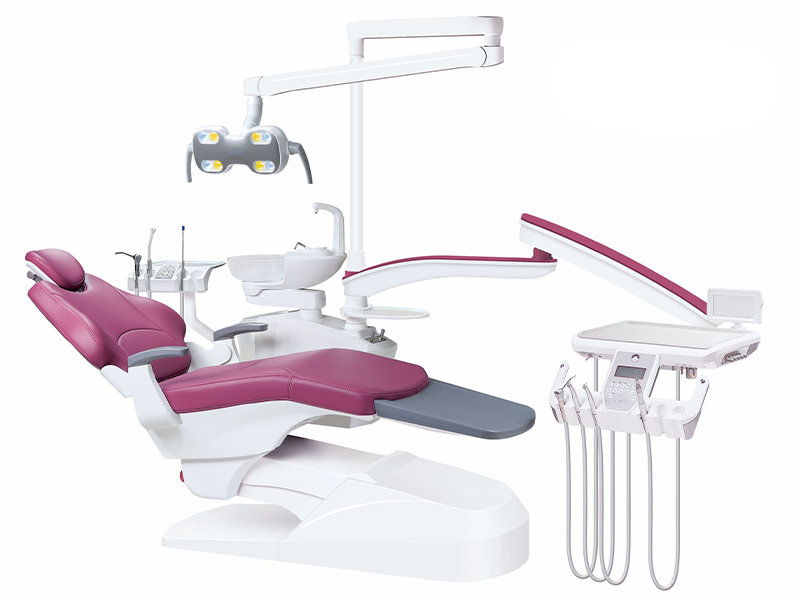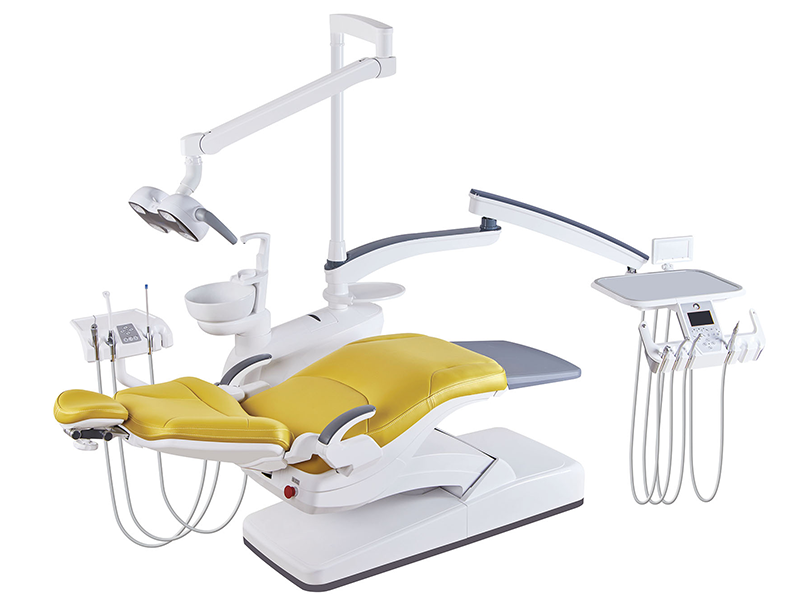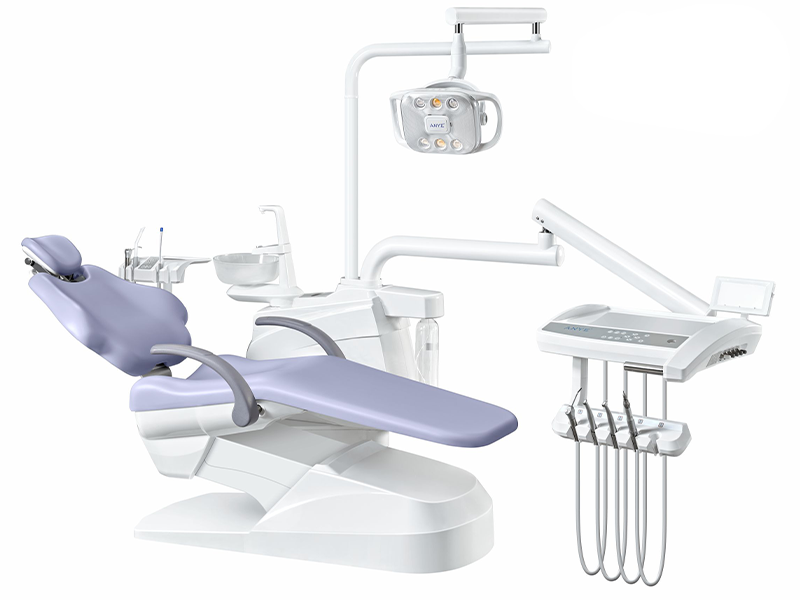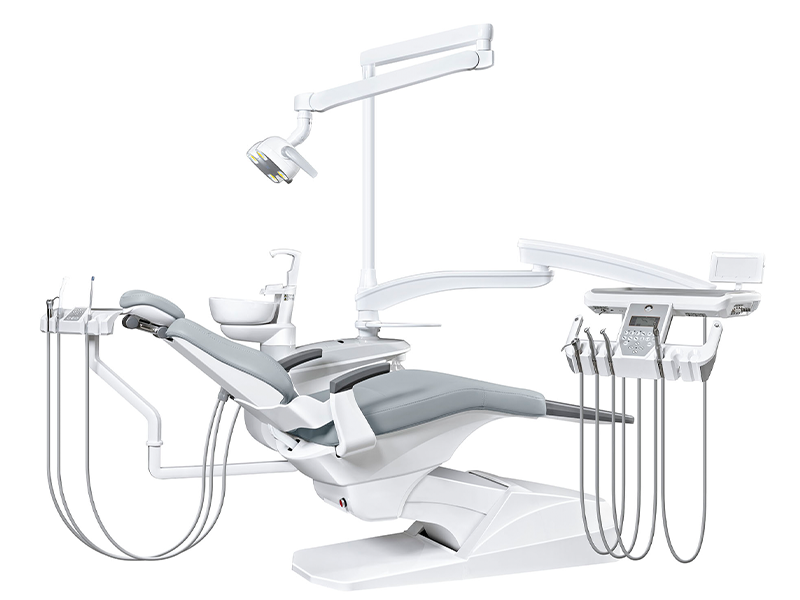Infection control is a critical aspect of dental practice, ensuring the safety and health of both patients and dental professionals. As dental environments are inherently susceptible to the transmission of infections, maintaining a clean and hygienic atmosphere is paramount. This guide explores the latest best practices and innovative solutions for infection control in dental chairs, focusing on strategies that enhance safety and compliance in 2024.
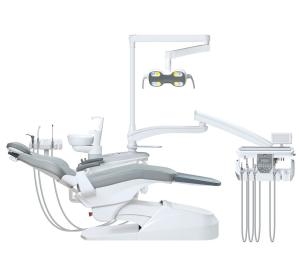
Importance of Infection Control in Dental Chairs
Dental chairs are central to most procedures and can be a breeding ground for pathogens if not properly maintained. Effective infection control measures are essential to prevent cross-contamination and protect both patients and staff from infectious diseases. By implementing rigorous hygiene protocols, dental practices can foster a safe environment that enhances patient trust and satisfaction.
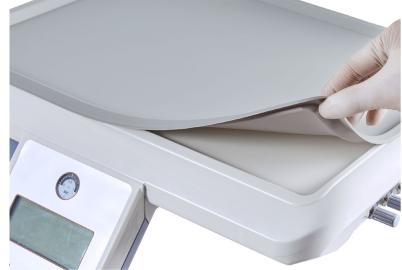
Key Aspects of Infection Control in Dental Chairs
Infection control is a vital aspect of dental practice, especially considering the close interactions between dental professionals and their patients. Modern dental chairs are equipped with several innovative features designed to enhance infection control measures. Below are the primary aspects that contribute to a safer dental environment.
Seamless Design for Effortless Cleaning
One of the standout features of contemporary dental chairs is their seamless design. These chairs are crafted with smooth surfaces that minimize crevices and hard-to-reach areas, making cleaning and disinfection much more efficient. The absence of gaps prevents debris accumulation, which can harbor harmful pathogens. This is crucial for maintaining a hygienic environment between patient visits.
- Benefits of Seamless Design:
- Reduces cleaning time and effort.
- Lowers the risk of cross-contamination.
- Enhances overall patient safety.
For instance, dental practices that implement seamless chair designs report a significant decrease in infection rates, showcasing the effectiveness of this feature in real-world applications.
Antimicrobial Upholstery and Surfaces
The use of antimicrobial materials in dental chair upholstery is another significant advancement in infection control. These materials actively inhibit the growth of bacteria and viruses, particularly in high-contact areas such as armrests and head supports. This additional layer of protection is essential for preventing cross-contamination during dental procedures.
- Key Points:
- Antimicrobial surfaces can reduce microbial load by up to 99%.
- They provide ongoing protection even after routine cleaning.
Consider a scenario where a dental chair equipped with antimicrobial upholstery sees fewer instances of post-treatment infections compared to traditional chairs. This demonstrates how such innovations can directly impact patient outcomes.
Integrated Disinfection Systems
Advanced dental chairs often come with integrated disinfection systems that automate the cleaning process. These systems ensure thorough sterilization of all surfaces and components, effectively eliminating harmful pathogens. Features may include automatic flushing of waterlines and hands-free operation, which further reduces contamination risks.
- Advantages of Integrated Systems:
- Consistent sterilization protocols.
- Reduced reliance on manual cleaning, minimizing human error.
For example, practices utilizing these systems have reported improved compliance with infection control protocols, leading to higher patient trust and satisfaction.
Waterline Management: Ensuring a Contaminant-Free Water Supply
Dental chairs rely heavily on intricate waterline systems to supply water during procedures. Therefore, effective waterline management is essential. Regular flushing and disinfection protocols help prevent biofilm formation, ensuring that the water used in treatments remains free from contaminants and safe from waterborne pathogens.
- Best Practices for Waterline Management:
- Implement daily flushing protocols.
- Use specialized disinfectants designed for dental equipment.
By adhering to these practices, dental offices can significantly reduce the risk of infections associated with contaminated water supplies.
Ergonomic Design for Optimal Infection Control
Ergonomically designed dental chairs provide adjustable positioning and intuitive controls that enable dental professionals to maintain optimal posture during procedures. This design not only enhances comfort but also reduces the risk of accidental contamination as practitioners can operate equipment without compromising hygiene.
- Benefits of Ergonomic Design:
- Minimizes physical strain on practitioners.
- Enhances precision during procedures.
Practitioners who utilize ergonomic chairs often report improved efficiency and reduced fatigue, which ultimately benefits patient care.
Compliance with International Standards
Adhering to international infection control standards, such as ISO 13485 and CE certifications, is crucial for dental chair manufacturers. Compliance ensures that these products meet stringent quality and safety requirements, providing dental professionals with confidence in their ability to protect patient safety.
- Importance of Compliance:
- Builds trust with patients regarding safety protocols.
- Ensures that practices are up-to-date with industry standards.
For instance, clinics using compliant equipment often find it easier to pass inspections and audits, demonstrating the value of maintaining high standards in infection control.
By focusing on these key aspects of infection control in dental chairs, dental practices can significantly enhance patient safety while maintaining high hygiene standards within their treatment environments. Adopting these innovations not only protects patients but also fosters trust and credibility within the community.
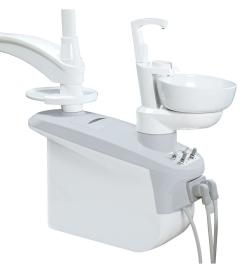
Best Practices for Infection Control in Dental Chairs
To effectively implement infection control measures in dental practices, consider the following best practices:
| Best Practice | Description |
|---|---|
| Regular Cleaning and Disinfection | Thoroughly clean and disinfect dental chairs before and after each patient visit using EPA-approved disinfectants. |
| Use of Disposable Barriers | Implement disposable barriers, such as plastic covers, on chair surfaces to prevent cross-contamination. |
| Proper Hand Hygiene | Dental professionals should practice strict hand hygiene, using alcohol-based hand sanitizers before and after patient interactions. |
| Personal Protective Equipment (PPE) | Ensure that all dental staff wear appropriate PPE, including gloves, masks, and protective eyewear, during procedures. |
| Routine Equipment Maintenance | Regularly inspect and maintain dental chairs and associated equipment to identify and address any issues that may compromise infection control. |
| Staff Training and Education | Provide continuous training for dental staff on infection control practices and the proper use of equipment. |
Frequently Asked Questions
How often should dental chairs be disinfected?
Dental chairs should be thoroughly disinfected before and after each patient visit, including all surfaces, components, and waterlines.
What are the benefits of antimicrobial surfaces in dental chairs?
Antimicrobial surfaces actively inhibit the growth of microorganisms, providing an additional layer of protection against bacterial and viral transmission.
Why is waterline management important in dental chairs?
Proper waterline management, including regular flushing and disinfection, is crucial to prevent the growth of biofilms and ensure a contaminant-free water supply.
How do ergonomic features in dental chairs contribute to infection control?
Ergonomic features, such as adjustable positioning, help dental professionals maintain optimal posture, reducing the risk of accidental contamination and enhancing workflow efficiency.
What international standards do reputable dental chair manufacturers adhere to?
Reputable manufacturers adhere to international standards such as ISO 13485 and CE certifications, ensuring that their products meet stringent quality and safety requirements.
Conclusion
Infection control in dental chairs is essential for creating a safe and hygienic environment for both patients and dental professionals. By prioritizing seamless designs, antimicrobial surfaces, integrated disinfection systems, effective waterline management, ergonomic features, and compliance with international standards, dental practices can significantly enhance their infection control efforts.
Investing in high-quality dental chairs equipped with the latest infection control technologies is not just an investment in equipment; it is an investment in the health and safety of patients and the overall success of the dental practice. By adhering to best practices and continuously educating staff, dental clinics can foster a culture of safety and excellence in patient care.
For further information on dental chairs and infection control, visit ANYE Medical Equipment Technology Co., Ltd..

